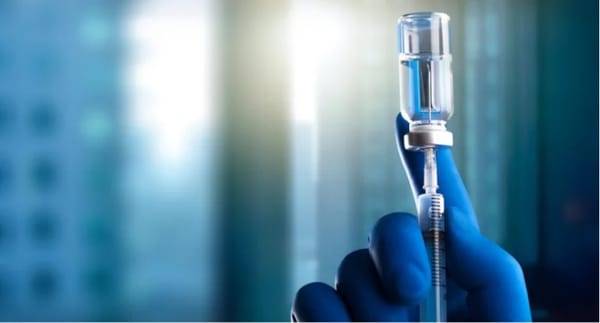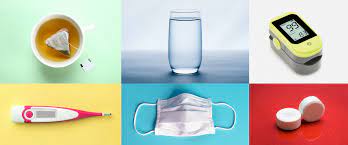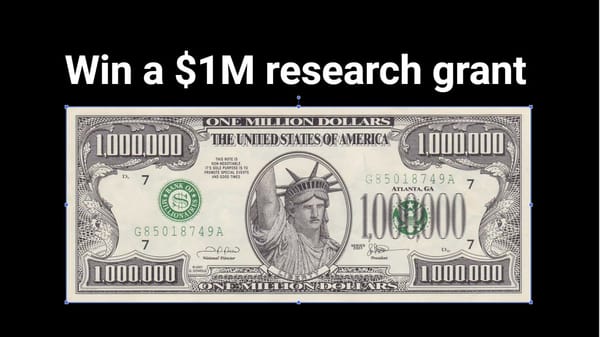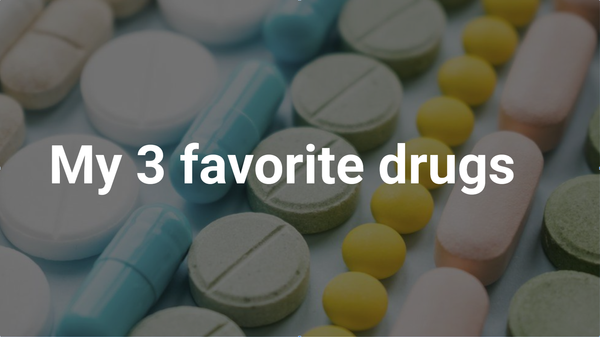The case for fluvoxamine for treating COVID-19
A very short op-ed arguing for using fluvoxamine against COVID.
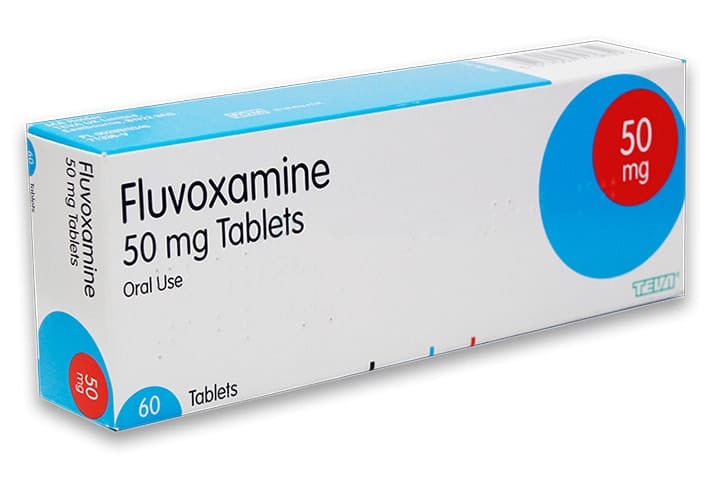
Today, if we follow the CDC advice, nearly 100,000 people a month will die from COVID. This advice is now outdated.
On January 22, 2021, thirty key opinion leaders (KOL) from NIH, CDC, and leading academic institutions met to review the evidence for using fluvoxamine for treating COVID. Even though they spent only 45 minutes and just reviewed the 2 clinical studies and some plausible mechanisms of action (and ignored anecdotal evidence and multiple retrospective trials, all of which were supportive), after the meeting they voted overwhelmingly (11 to 5 with 4 being neutral) in favor of having doctors talk to their patients about using fluvoxamine if they have COVID using a "shared decision making" process. I believe they made the right decision and we should be rushing to follow their advice. Here's why.
Fluvoxamine is a very safe drug... on market for 37 years, tens of millions of people have taken it, no record in scientific literature of anyone dying on overdose, and according to doctors that know the drug the best, about as dangerous as taking a Tylenol. At the dosing for COVID (50mg BID x 14 days), there is a 1% chance of mild-nausea and because the dose is so low and the time it is taken is so short, and there are no psychotropic effects (which require more than 3 weeks of use; the psychotropic effects non-existent if you don't have depression or an anxiety disorder in the first place). Drug interactions should be checked for. Patients should be advised to limit/avoid the use of caffeine while on the drug since fluvoxamine extends the half life of caffeine (making you super wired).
In two trials (both published studies in peer reviewed journals with Editor's Choice in both cases), the drug had a 100% effect size in protecting against hospitalization from the respiratory symptoms from COVID. The combined p value of the two studies is <.0001. 95% confidence effect size is 75% or more.
In every case we are aware of, the drug was successful in reversing COVID symptoms, generally in 3 days or less. In severe cases, it takes longer. I have never heard of a case it didn't work.
I am not aware of a single case where taking the made things worse, e.g., person was doing fine BEFORE the drug and symptoms worsened after taking the drug.
We are ignoring the advice of the KOL group and doing nothing. Even though an expert panel was overwhelmingly convinced in just one hour, hearing a very small subset of all the supporting evidence, the organizations that they belong to are taking their time.
The NIH Guidelines committee is being very slow to react (we have no idea if they are even considering the drug because nobody is allowed to know that because all their deliberations are kept secret).
The FDA is will take months to deliberate on the fluvoxamine EUA application that we submitted on January 29.
If you were drowning and we had no known standard of care to save your life and someone had a life preserver which worked 160 times in a row, should we throw them the life preserver or let them drown because we aren't absolutely sure the life preserver's benefit > risk (since just because it worked 160 times in a row and there is a 99.99% chance the effect didn't happen by chance, we could have just gotten lucky).
Today, we are letting people drown and we are not even telling them there is a life preserver they can ask for today with compelling evidence that is under consideration by the life preserver safety group.
We should be making decisions now based on the evidence on the table today. The choice couldn't be more clear cut.
Waiting months for the phase 3 trial to complete is nuts. Jeffrey Glenn, an infectious disease professor at Stanford University, calls the inaction on the current evidence on the table "criminal."
I've asked people, "there's a lot of evidence here... it's not just a small phase 2 RCT. When was the last time you saw a phase 3 fail where there was a 100% effect size in both an RCT and RWE study along with 4 independent observational trials all showing a positive effect, and there is clear mechanism of action where there is less than a 1% chance that it is not working (the SSRI's ordered their impact based on their Sigma activation which is 1 in 120 options), and where in every single case we are aware of the patient taking the drug reversed to normal in an average of 3 days? No one has been able to come up with an example where phase 2 + this level of evidence resulted in a failure of Phase 3. So probability of successful Phase 3 can be estimated to be over 99.99% since there are tens of thousands of phase 3 studies. So why would we wait when lives are being lost?
Worst case, if we ignore all additional evidence so the average is a 60% pass rate. So take the lowest likely effect size * 60% success rate and you are looking at an expected 45% reduction in death which is clearly better than a 0% reduction. Doing something is better than nothing.
People are dying. If there is a better drug on the table today than fluvoxamine, the NIH panel should put that one on the guidelines. If not, they should at least acknowledge that fluvoxamine might be helpful by at least listing it as a possibility.
Keeping this drug off the NIH Guidelines does nothing to reduce the death rate. Instead, it erodes confidence in our government to provide timely advice that is in the public interest.
Dr. Joe Ladapo wrote a brilliant op-ed in the Wall Street Journal, "Too much caution is killing COVID patients." I couldn't agree more.

